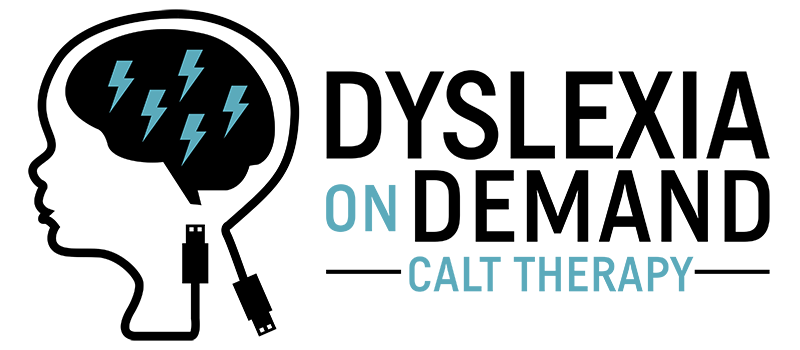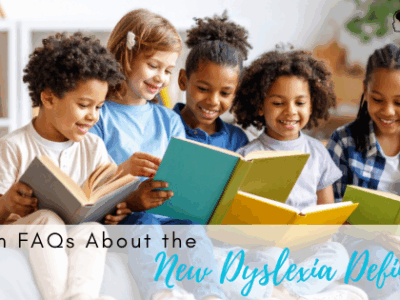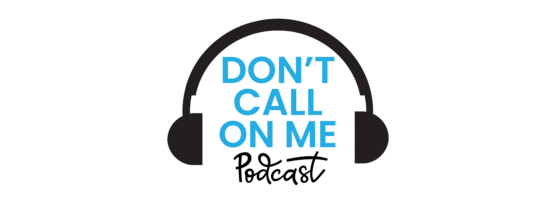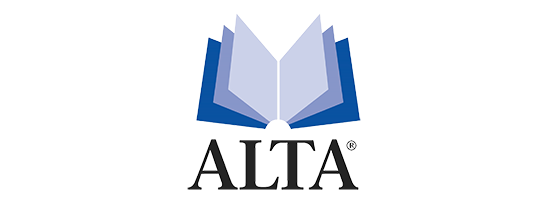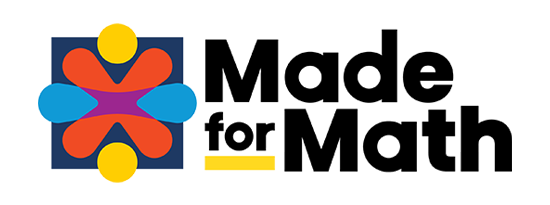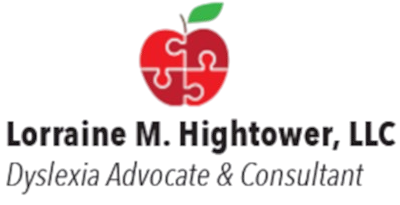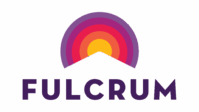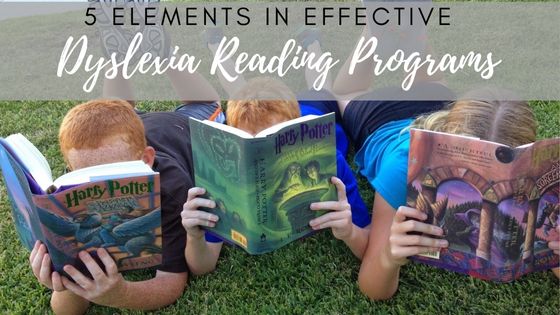
5 Elements In Effective Dyslexia Reading Programs
Reading is one of the most important life skills a student can possess. From math to history to English, reading well is an essential skill across all subjects. However, mastering reading skills can be quite challenging for students with dyslexia. Dyslexia occurs in all languages, and it is estimated that about 30 million American adults are dyslexic. Fortunately, there are many convenient and helpful resources available for students with dyslexia who are learning to read. An effective dyslexia reading program should place emphasis on things like phonemic awareness, phonics, sounding out words, reading sight words, vocabulary and comprehension strategies. All elements should incorporate the science of reading. Read on for five elements in effective dyslexia reading programs:
- Phonemic awareness: Phonemic awareness is the ability to identify and manipulate individual sounds (phonemes) in spoken words. We know that a student’s skill in phonological awareness is a good predictor of later reading success or difficulty. The English alphabet has 26 letters, and the English language is made up of about 44 different sounds. These sounds are known as phonemes, and they each help to distinguish unique words and meanings from one another. Combinations of letters, known as graphemes, represent these sounds. The unique reading program at Dyslexia on Demand includes a systematic exploration of the articulation of phonemes.
- Dialed in to Phonics: Phonics is the connection between the letters of a written language and the sounds of the spoken language. When students work with a reading program that focuses on phonics, these readers learn to decode words by sounding them out. Having a strong knowledge of phonics is foundational for young readers. Mastering phonics can help young readers grow into more independent readers. Phonics are also an essential part of reading as students move on to learn multi-syllable words and more difficult texts.
- Focus on Fluency: Fluency—in the world of reading programs—is defined as the ability to read quickly, accurately and with good comprehension. When students find reading difficult, much of their energy is spent on sounding out words. When that happens, comprehension can suffer. Dyslexia reading programs that make fluency a priority improve effectiveness. Repeated reading of decodable words, phrases and text is one important element of fluency instruction. Including incentives, concrete measures of progress and daily practice at home in a reading program can also prove helpful for dyslexic students.
- Vivacious Vocabulary: A reader’s vocabulary has a direct connection to his or her reading comprehension. Students with more extensive vocabulary knowledge are able to understand and process reading material more effectively than students with limited vocabularies. Direct and explicit vocabulary instruction can help with vocabulary development for dyslexic students. Programs like the ones implemented at Dyslexia on Demand work to expand and enrich students’ vocabulary. Effective reading programs for dyslexia work by developing skills in morphological knowledge, word relationships, figurative language, syntax and semantics. This is done both by direct instruction and within the context of reading.
- Comprehension: Making meaning from the things that you read is known as reading comprehension. Students who excel at comprehending tend to be active readers who naturally implement many different strategies when reading a text. Strong decoding skills and fluency are essential for good reading comprehension. In a reading program like Dyslexia on Demand, a combination of techniques come together for instructing students in reading comprehension. Some of these techniques include comprehension monitoring, question generation, story structure, summarizing and inferencing. Students with dyslexia can also learn how to use tools such as graphic and semantic organizers to help them when reading narrative or expository texts.
Effective reading instruction is key for readers of all skill levels, but for students who struggle with dyslexia, it is absolutely essential. For learners in dyslexia reading programs, daily practice is one of the ways to ensure success. Applying reading and writing skills from their reading programs to everyday use is important too. In a program like Dyslexia on Demand, focus is on one-on-one or small group work with high frequency over a sustained period of time. This repeated practice is key to explicit understanding and the development of fluent reading with comprehension. In addition, focusing on phonemic awareness, phonics, fluency, vocabulary and comprehension in reading instruction is a great foundation for success. Reach out to the experts at Dyslexia on Demand to find the best help for your student with dyslexia. Check out the Dyslexia on Demand website, or call 888-292-3906 in order to learn more about the best reading programs available for dyslexic learners.
